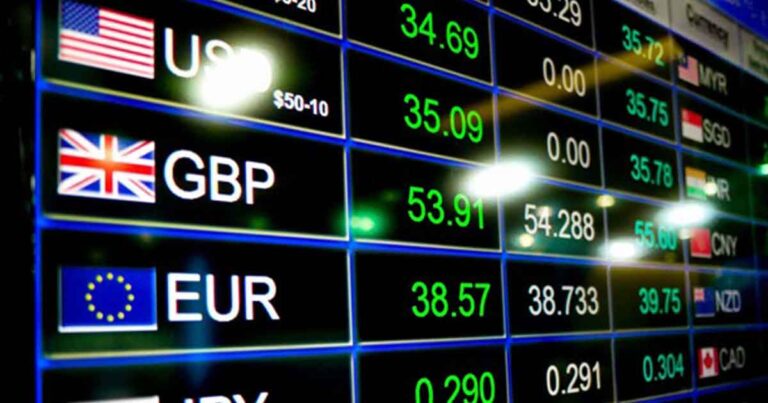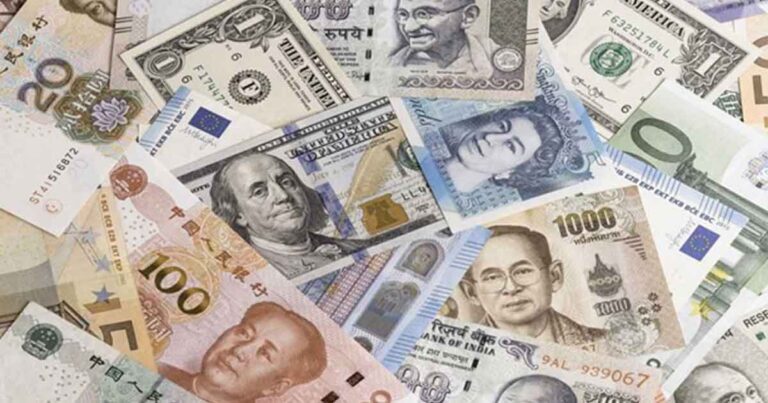How Does Currency Trading Work? Currency trading, which is also commonly called forex trading, involves selling one currency pair to buy another at the same time. To make a good profit, traders need to understand how the market works, the factors that affect the currency market and how to take advantage of market analysis tools. …











